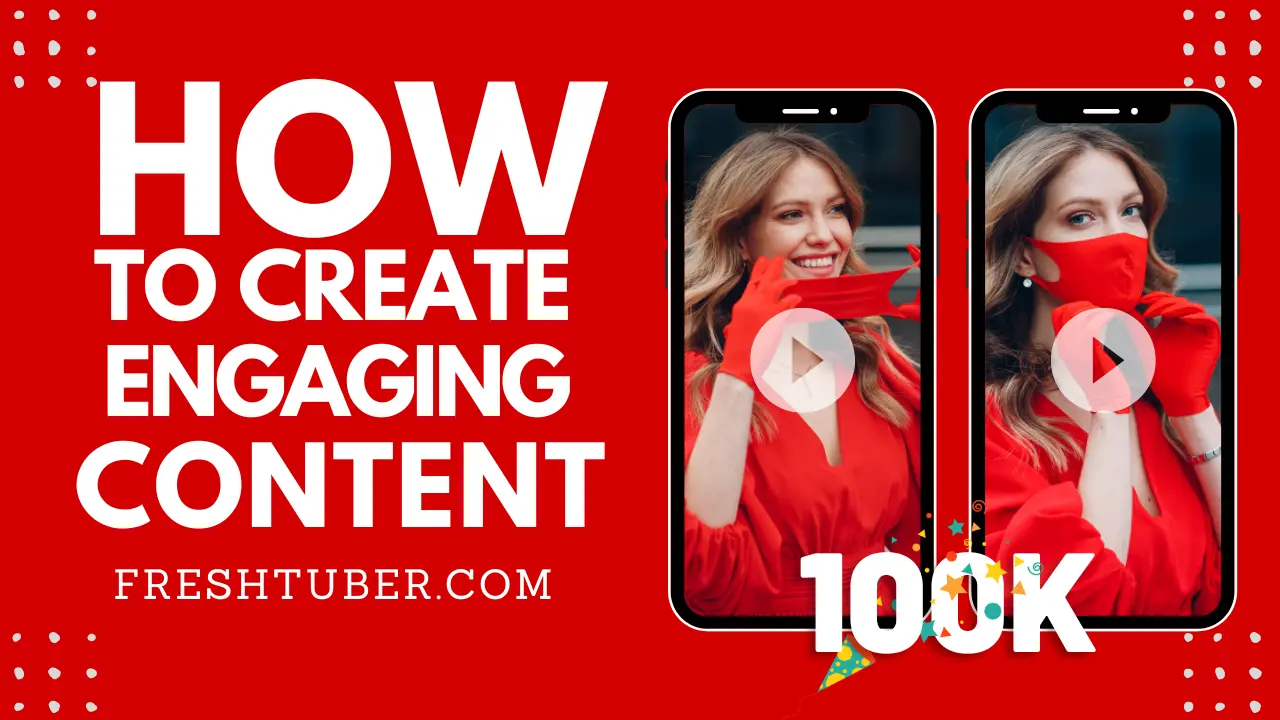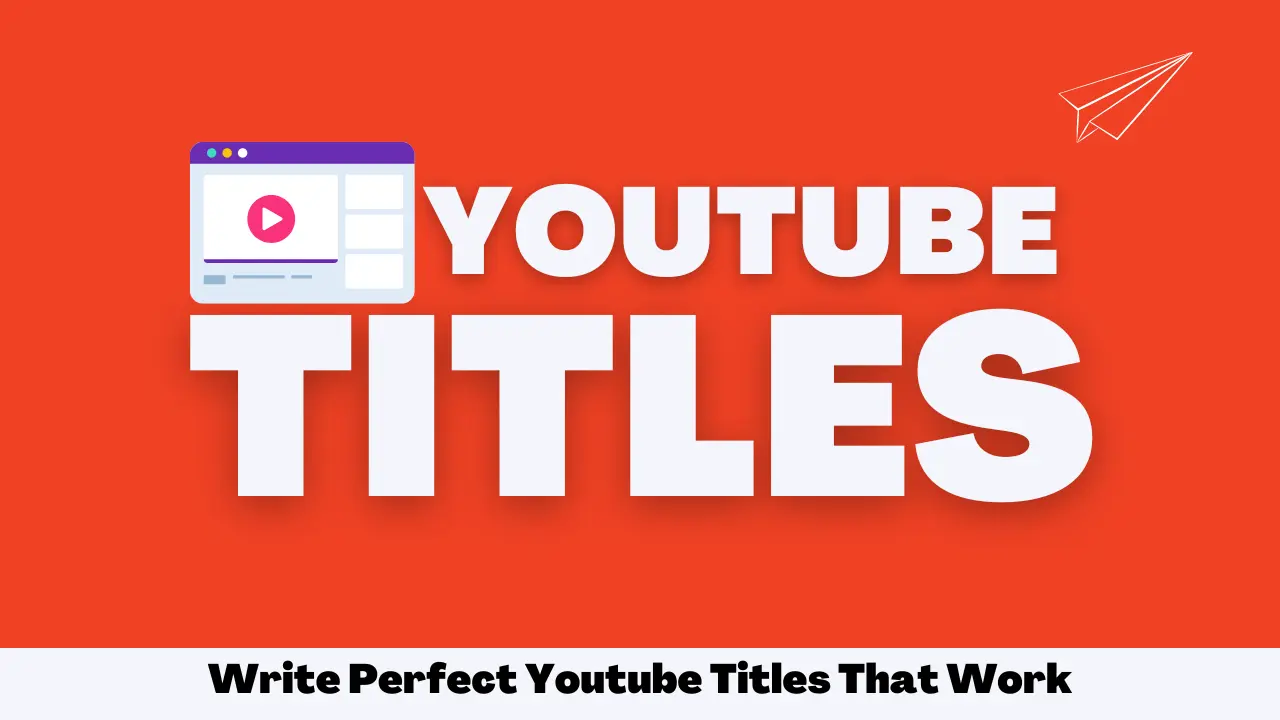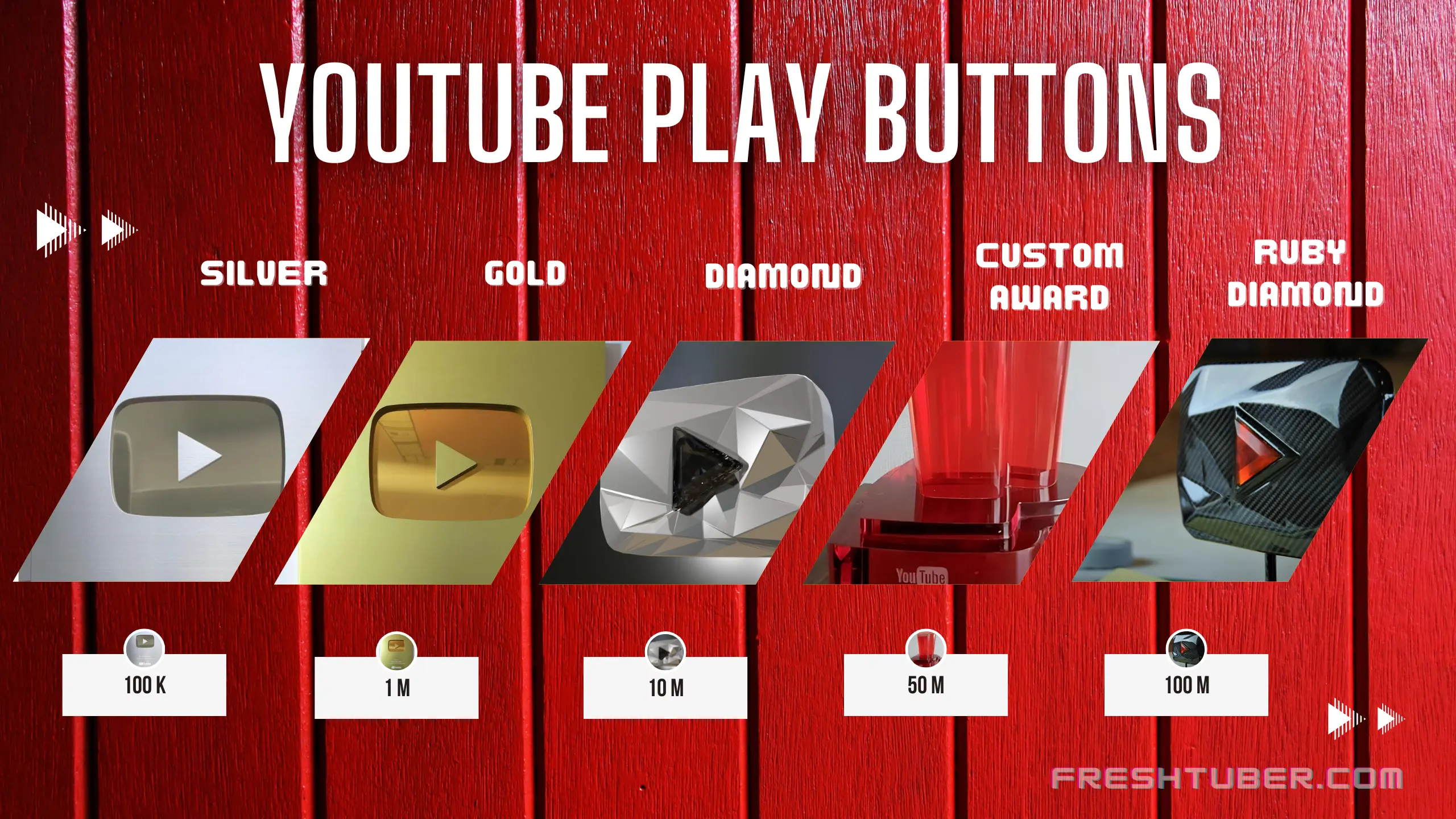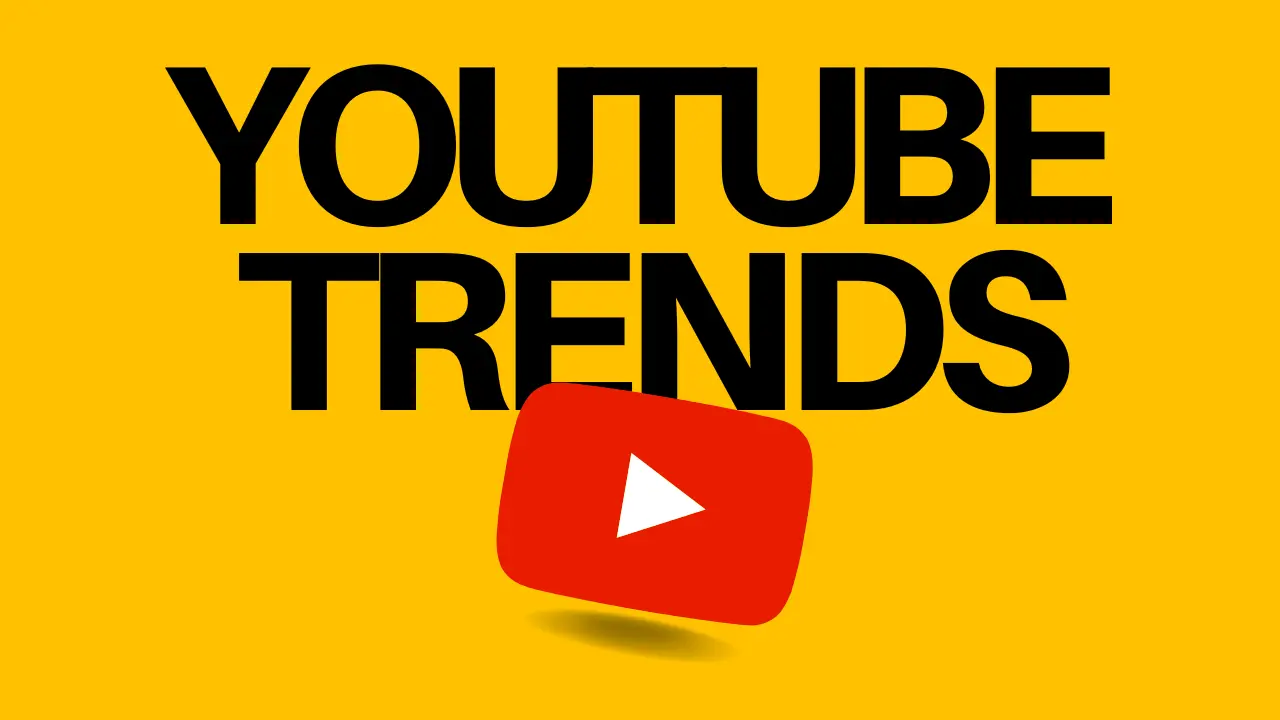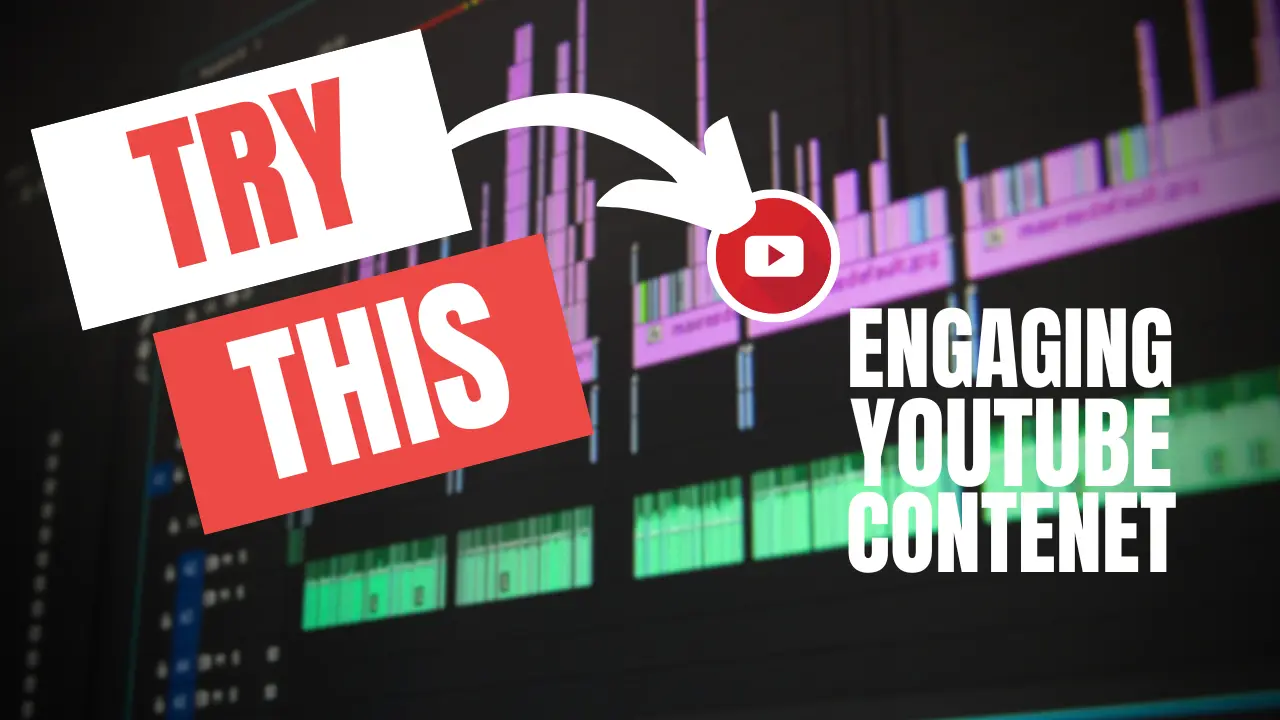In the ever-expanding universe of YouTube, gaining visibility as a small channel can feel like finding a needle in a haystack. According to a recent survey, 66% of small channels believe the YouTube algorithm is stacked against them, favoring larger and more established creators.
However, YouTube’s lead product manager Todd Beaupré offers a different perspective: the algorithm prioritizes viewer satisfaction. This insight means that small channels have a level playing field if they understand how to leverage this powerful, yet complex, system. Whether you’re new to YouTube or have been working hard with little success, understanding and using the algorithm can take your channel to new heights.
Challenges Faced by Small YouTube Channels
Creating content for YouTube is a tough job, especially for smaller channels. With millions of videos uploaded daily, the competition is fierce. Small creators often struggle with limited resources, low production capabilities, and minimal audience reach. These obstacles can make it challenging to gain attention among YouTube giants with high-quality videos, substantial subscriber bases, and significant advertising budgets.
Many small creators view the algorithm as an obstacle rather than an ally. They believe it favors established channels, making it incredibly difficult for them to get their content seen. However, understanding the algorithm’s preferences and dynamics can turn this perceived obstacle into an opportunity.
Despite these challenges, the main message from Todd and the algorithm developers is clear: YouTube’s primary focus is on audience satisfaction. By leveraging this, smaller channels can find strategic ways to boost their visibility and engagement.
YouTube Algorithm Explained by Todd
Todd, the brains behind YouTube’s algorithm, emphasizes that it is designed to serve viewers by providing content that satisfies them. This audience-centric approach means that the algorithm is not inherently biased against smaller channels. Instead, it measures success by analyzing which videos appeal to viewers, regardless of channel size.
The YouTube algorithm functions through a sophisticated process, using multiple metrics to assess a video’s relevance and performance. These include click-through rates (CTR), watch time, and audience response. Through these metrics, the algorithm constantly learns which videos attract viewers, thus rewarding quality content based on audience engagement rather than channel size.
By focusing on content that adds value to their audience, smaller creators have an equal chance at finding success. It is important to understand and adopt the principle that audience satisfaction is the central principle of the algorithm. Hence, creators should try to understand the preferences and interests of their audience so that they can tailor their content accordingly.
The importance of understanding audience preferences
So how do you ensure that your videos satisfy your audience? The answer lies in understanding their preferences. The YouTube Analytics tool provides a lot of data, especially in the “Audience” tab. This segment provides information about who your audience is, their demographics, and what type of content they prefer. Using this data, you can improve your content to better align with audience interests.
Another effective strategy is to experiment with different content styles and monitor how your audience responds. Creating a new YouTube account dedicated to watching niche-related videos can provide valuable data on successful content types in your domain. When you immerse yourself in the audience’s shoes, you get actionable information about their likes and dislikes, allowing you to create more engaging and satisfying videos.
Staying connected to your audience also means engaging with them through comments, social media, and community posts. Ask for their feedback and pay attention to recurring themes. Direct interactions can provide deeper, qualitative insights into your audience’s viewing habits that quantitative data may not capture.
Optimizing video packaging for better audience interaction
The packaging of your video—including the title, thumbnail, and description—plays a key role in grabbing the audience’s attention. Viewers are more likely to click on your video if your title and thumbnail are appealing. Todd emphasizes that changes to packaging elements can significantly impact audience responses and interactions.
Start with a catchy and relevant title that includes keywords that potential viewers might use when searching for content. Titles should spark curiosity or provide clear value to entice clicks. For example, instead of a generic title like “Vlog #3,” choose “A day in the life of a small YouTuber” to provide more context and curiosity.
The thumbnail serves as a visual preview of your content. It needs to be eye-catching as well as relevant to the video. Using bright colors, clear images, and text can help make your thumbnail more appealing.
Finally, the video description should be informative and optimized with keywords. This not only improves discoverability but also helps set the right expectations about what viewers will get from the video, increasing viewer satisfaction right from the start.
Catchy intro: Grab viewers’ attention quickly
The first few seconds of your video are crucial. Todd stresses the importance of a catchy intro to keep viewers’ attention. A catchy intro sets the tone for the rest of the video and determines whether the viewer will continue watching or click away.
Start with something interesting, funny or thought-provoking – to immediately pique interest. This could be a question, a surprising fact or a brief teaser of what’s to come. The goal is to provide immediate value or set an expectation that will draw viewers in.
Consistency in branding, such as a recognizable intro sequence or theme music, can also help establish a connection with your audience. However, avoid a long drawn-out intro; it needs to be concise and to the point to keep viewers’ interest.
Balance between click-through rate and viewer satisfaction
The balance between click-through rate (CTR) and viewer satisfaction is crucial to the success of your video. High CTR indicates that viewers are interested enough in your video that they click on it, but that’s just the beginning. Keeping them engaged is the real challenge.
Your content must meet or exceed the expectations set by your title and thumbnail. If viewers click on a video expecting one thing and get something else, their dissatisfaction can negatively impact your video’s performance. Therefore, authenticity and clarity in your presentation are crucial.
Storytelling techniques can significantly improve viewer retention. Craft your story in a way that keeps viewers interested at every stage. Use transitions and segues to maintain a smooth flow and keep them interested throughout the video.
Developing a relationship with viewers: subscriber behavior and engagement
The relationship between creators and their audience is dynamic. As you grow your channel and experiment with different types of content, subscriber behavior and engagement can change. This evolving relationship means that what worked at one time may not be as effective later.
Subscribers aren’t just numbers; they’re your loyal audience, whose engagement patterns can provide valuable insights. Consistent communication through community posts, live chats, and social media interactions can strengthen this relationship. Additionally, analyzing engagement metrics for different types of content can help you optimize and evolve your strategy.
Engagement extends beyond immediate metrics like comments and likes. Building a community where your subscribers feel engaged can result in higher retention and more organic promotion of your content through their networks.
Metrics and overall understanding for better performance
Metrics like CTR, watch time, and retention rate provide important insights into your video performance. However, focusing only on individual metrics can be misleading. A holistic understanding of how these metrics relate to each other provides a more comprehensive view of your videos’ performance and potential areas for improvement.
For example, high CTR with low retention may indicate that your packaging is effective, but your content fails to meet audience expectations. On the other hand, excellent viewer satisfaction with poor CTR may indicate that your content is valuable, but your titles and thumbnails need improvement.
The key is to balance these metrics and constantly optimize. Keep an eye on trends and be agile in your approach. A monthly audit of your videos based on these metrics can uncover patterns and areas to focus on, allowing you to adjust your content strategy accordingly.
conclusion
In conclusion, while the road to YouTube success for small channels is filled with challenges, understanding and leveraging the YouTube algorithm can pave the way for substantial growth and visibility. By prioritizing viewer satisfaction, optimizing video packaging, and connecting deeply with your audience, you can harness the power of algorithms to compete and succeed on this dynamic platform. Embrace these insights, refine your strategy, and watch your channel flourish.
